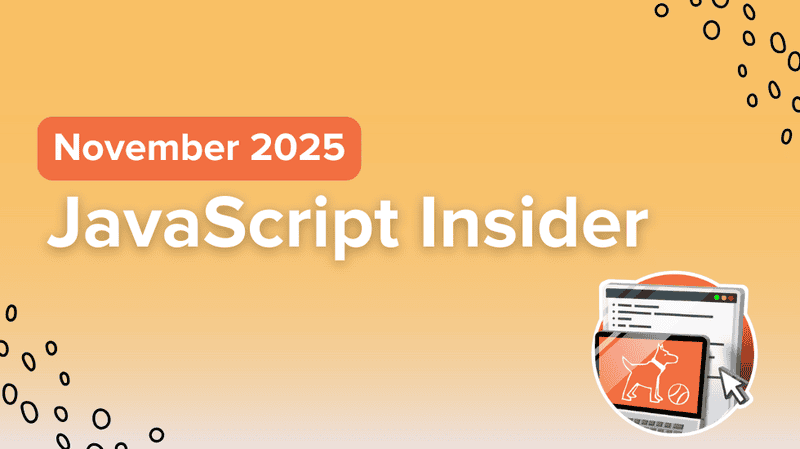Day 8 // 4/13/2015 // San Diego
Today we did a classroom visit at Lincoln Middle School and ran a workshop at Alta Vista High School!
6am wakeup in La Jolla (pronounced La- Hoya).
Then we headed to visit Lincoln Middle School, who uses CodeHS to lead a year long advanced programming course with CodeHS. As we walked in the students were bustling to get ready for first period. After some announcements on the PA, we did the pledge of allegiance. I think for Max, Kurt and I, that was the first time we have done that in a school in 12+ years.



The lab in Lincoln Middle School is very nice, and the students have done a great job moving through the material for middle school students. Many of the students were working on making their own breakout games in JavaScript! We got to speak with the teacher and principal and we talked about how the school is really looking to build out a pathway of classes for their students.

Next we headed over to Alta Vista High School. Alta Vista is an alternative high school. We met with a math teacher who has started to introduce her students to programming. She’s been looking for tools and has experimented with a handful of things. However, none of the tools except for CodeHS have really had all of the pieces needed to run a full course. Some things were nice for activities but didn’t have the structure she needed for a course.
We got to run a workshop with students, introducing many to programming for the first time and helping other students continue. We had a short discussion with the students at the end.
We asked the students what they thought about the workshop, rating it on a 1–10 scale — the average rating was a 9!
Piecing Together a Computer Science Course
We speak with many teachers who are getting started teaching their first coding class. They don’t know exactly what a coding class should look like, or what to do next exactly as a teacher. In many conversations we’ve heard that there are a handful of resources that they try to piece together a course. However, a course like that doesn’t cohere together. They’ll try a few lessons from KhanAcademy or a few lessons from Codecademy. While they have a nice interactive way for students to code in a browser, it’s often not enough to lead a full year-long class.
It’s not longer a disjoint set of small online tutorials,
it’s the full toolset they need to teach their class.
When teachers start teaching coding without a formal class in place, little pieces of lessons are a way for them and their students to explore this new subject area.
When teachers want to teach a full year long class with CodeHS they aren’t thrown in to the deep end. There is a full professional development course and year-long instructor support.
However, when teachers stumble upon CodeHS, they have a different reaction. It’s not longer a disjoint set of small online tutorials, it’s the full toolset they need to teach their class. Of course it has the curriculum, the autograding and more. But it has the structure for a full class, it has the right pacing, it has the teacher guides and lessons and gradebook. When teachers want to teach a full year long class with CodeHS they aren’t thrown in to the deep end. There is a full professional development course and yearlong instructor support. You won’t be able to video chat and call up someone at Codecademy or KhanAcademy. At CodeHS we start you off with a video chat and work with you personally to lead a successful course.
You won’t be able to video chat and call up someone at Codecademy or KhanAcademy.
So what’s the difference between piecing together some tools and a CodeHS course? In practice, it is all different. The teacher experience, the student experience, and the school experience are a world apart.


